Smurf
Cannabinoid THC Dominant
THC 18 - 22.7%
CBD 0.32 - 1.01%
Effect Uplifted
Side Effect Dry eyes
Flavor Diesel
All AboutSmurf Strain
THC
CBD
Potency
Smurf is a sativa-dominant hybrid known for its energizing effects and a THC range of 18-22.7%. This strain combines flavors of diesel, menthol, butter, pear, and mango, offering a diverse tasting experience.
Effects, Medical and Recreational Uses
Smurf is effective for sparking creativity and managing conditions like depression, stress, and Parkinson's. It uplifts mood and increases focus but can cause side effects such as dry eyes and dizziness.
Cultivation Details
This strain is an autoflowering type, flowering in 54 to 61 days and suitable for both indoor and outdoor cultivation. It typically grows 30-60 inches tall and produces yields of 1-2 oz/ft² indoors and 15-20 oz per plant outdoors.
With a rich terpene profile including Myrcene, Linalool, Bisabolol, and Terpinolene, Smurf offers both aromatic and therapeutic benefits, making it a favorite among those who prefer sativa effects.
Side Effects
Simply let us know how this strain tastes or write a detailed review.
Smurf Strain Cannabinoids
| THC | Tetrahydrocannabinol, or THC, is a major cannabis chemical compound. It is a psychoactive element that stimulates dopamine release and induces euphoria or happiness. THC-rich strains may be helpful with such conditions as lack of appetite, chronic pains , etc. It is considered to be the primary active marijuana component. | 18 - 22.7% |
| CBD | Cannabidiol, or CBD, is a major compound in cannabis, which is non-psychoactive. It is also proved to counteract the side effects of the second major component THC. CBD is widely used for medicinal purposes in rubs, oils and so on. It is helpful in muscle pain cases, may treat arthritis and migraines. Even Greeks used it against pain, while Queen Victoria applied it to get rid of menstrual cramps. | 0.32 - 1.01% |
| CBC | Cannabichromene, or CBC, is a minor cannabinoid, meaning that its quantity in cannabis is quite little. Though it has the same origin as CBD and THC, it is different in functions. Without any psychoactive effects, it is an efficient cannabis compound in combating acne and depression. CBC produces analgesic, antibacterial and anti-inflammatory effects. | 0.28 - 0.53% |
| CBG | Cannabigerol, or CBG, is one of the minor cannabis compounds in adult plants. On the other hand, young ones contain a lot of this antibacterial and anti-inflammatory component. During the growth, CBG is converted into different cannabinoids, mostly THC and CBD. The compound itself increases appetite and decreases eye pressure. | 0.46 - 0.77% |
| CBN | Cannabinol, or CBN, is a trace element in cannabis that is considered to be mildly psychoactive. It appears from oxidation THC, exposed to light and heat. CBN is mostly contained in old cannabis and in traditional hashish. It is effective against insomnia, bacterial infections and appetite loss. | 0.08 - 0.21% |
| THCV | Tetrahydrocannabivarin, or THC-V, is a compound contained in cannabis in trace amounts. Even though it is close to THC molecularly, it is different in effects. This compound may be psychoactive only in large amounts. THC-V reduces blood sugar, controls appetite, stimulates bone growth, etc. African Sativa strains are the richest in THC-V. | 0.21 - 0.9% |
Smurf Terpene Profile
| Myrcene | Myrcene (also known as β-myrcene) is one of the most common terpenes found in cannabis, representing more than 20% of the modern marijuana terpene profile. Myrcene has a distinct earthy, musky flavor, resembling cloves. It is responsible for calming and soothing effects of weed. Myrcene is also found in hops, thyme, mango, lemongrass, guava melon. | 0.28% |
| Linalool | Linalool (also known as beta linalool, linalyl alcohol, linaloyl oxide, and p-linalool) is one of the rarest terpenes found in cannabis, mostly in small quantities. Linalool is known for its spicy and lavender aroma, bringing relaxation and calming effects. It is also said to provide anti-inflammatory and analgesic properties that can be useful for athletes. | 0.31% |
| Bisabolol | Bisabolol (also known as α-Bisabolol or levomenol) is a lesser-known terpene found in cannabis. It contributes to anti-inflammatory, anti-irritant, antioxidant, anti-microbial, and analgesic properties of weed strains containing bisanol. Attentive smokers would be able to catch a nutty, fruity scent with herbal and floral undertones, with a tender trace of coconut. | 0.1% |
| Terpinolene | Terpinolene is one of the most common terpenes found in cannabis; however, It's usually presented in small quantities. Is responsible for piney, floral, herbaceous, and even a little bit citrusy aroma of cannabis. Terpinolene can be found in lilacs, nutmeg, and cumin. In cannabis, terpinolene contributes to the sensation of "freshness." Has the potential to reduce the risk of heart diseases. | 0.31% |
| Total terpenes content | 1.00% |
Breeder
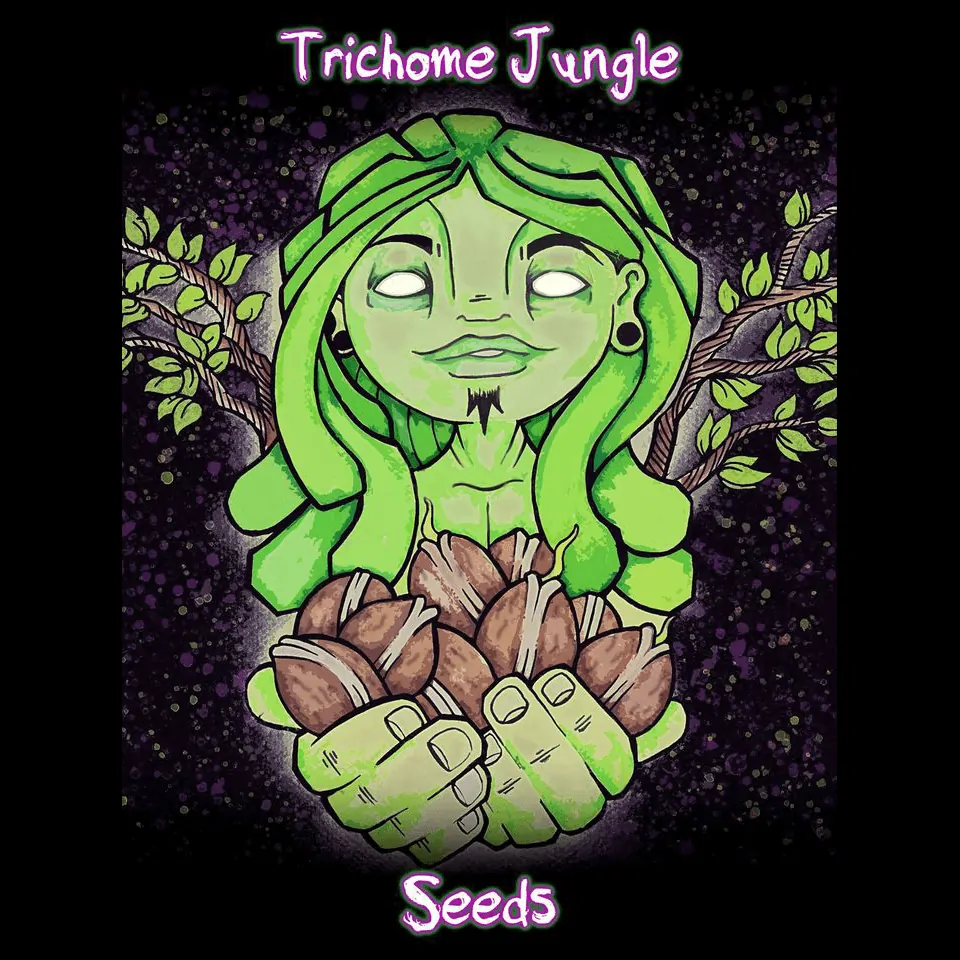
Growing Info
Similar Strains
THC 16.5 - 19.83%
CBD 0.27 - 0.53%
Effect Uplifted
Flavor Lemon
THC 21 - 22%
CBD 1.15 - 1.28%
Effect Hungry
Flavor Cheese
THC 18.17 - 11%
CBD 0.05 - 0.58%
Effect Calm
Flavor Pear
THC 21.67 - 23.33%
CBD 1.45 - 1.62%
Effect Uplifted
Flavor Berry
THC 12.63 - 16.93%
CBD 0.02 - 0.29%
Effect Aroused
Flavor Ammonia
THC 20 - 25%
CBD 0.61 - 0.81%
Effect Euphoric
Flavor Flowery
THC 14 - 19%
CBD 0.22 - 0.33%
Effect Concentrated
Flavor Berry
THC 17.25 - 20.25%
CBD 0.49 - 1.18%
Effect Uplifted
Flavor Mint
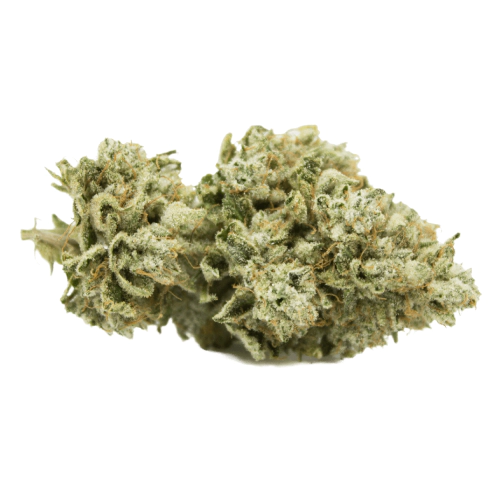
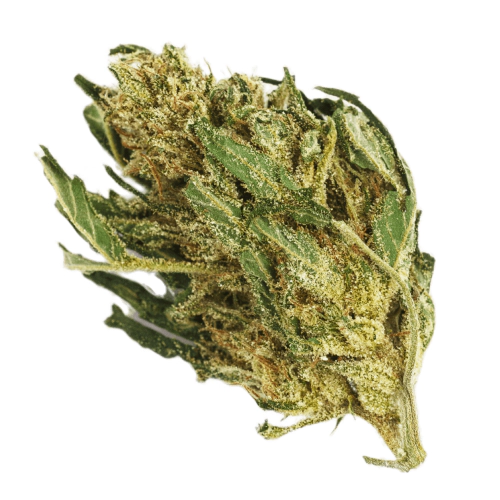
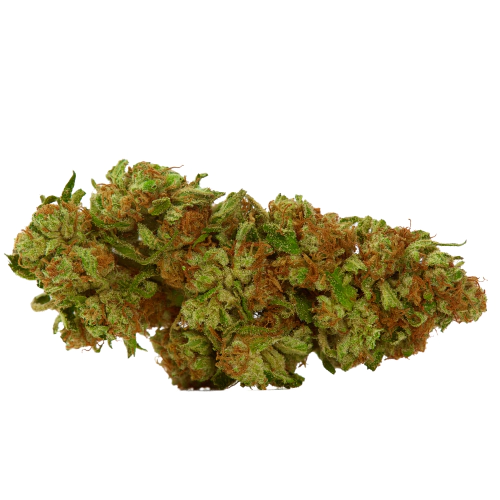
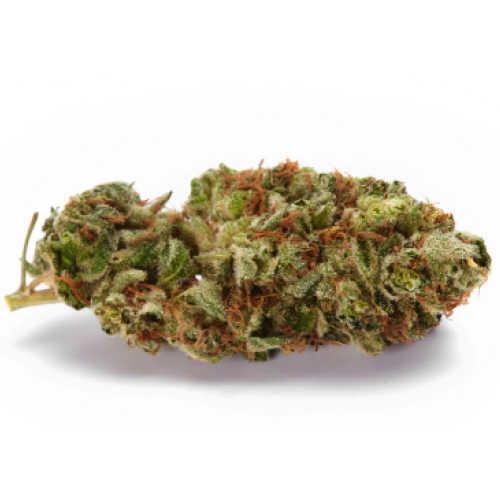
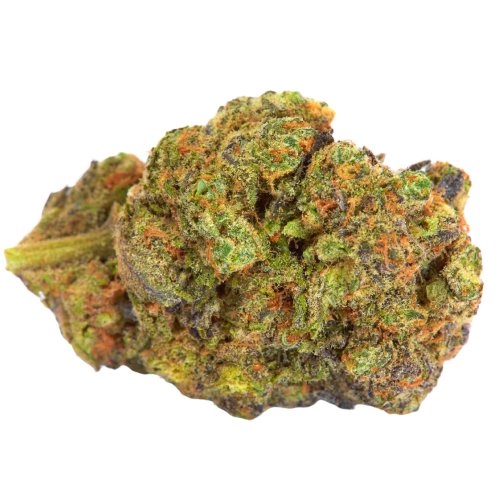
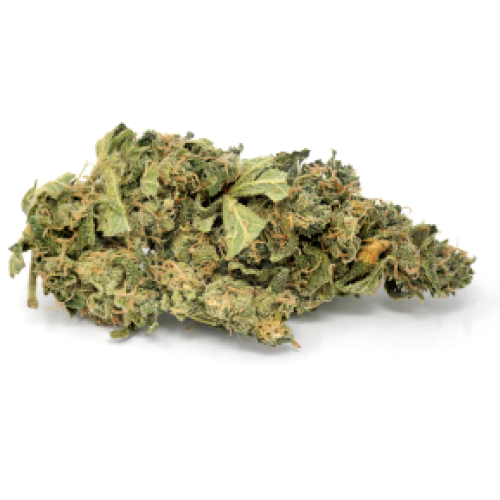
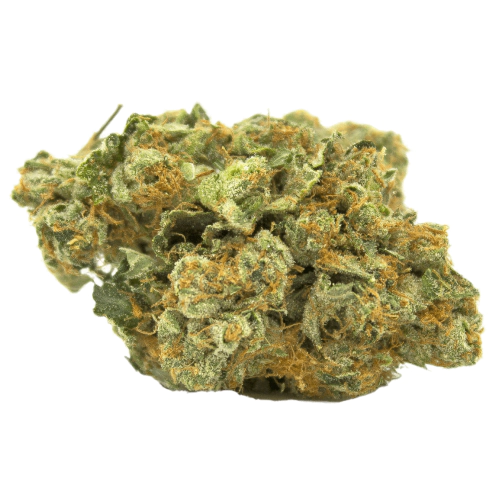
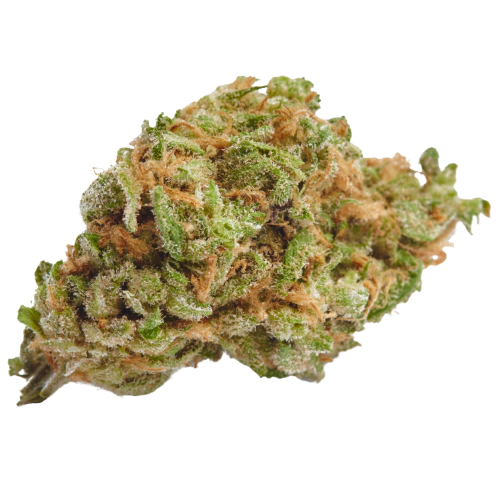
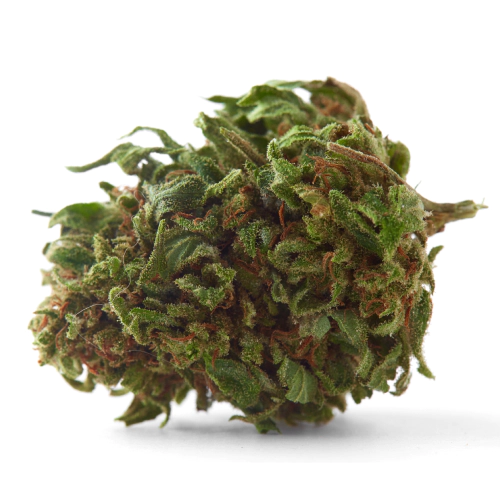
Be the first and share your opinion
Write a Review